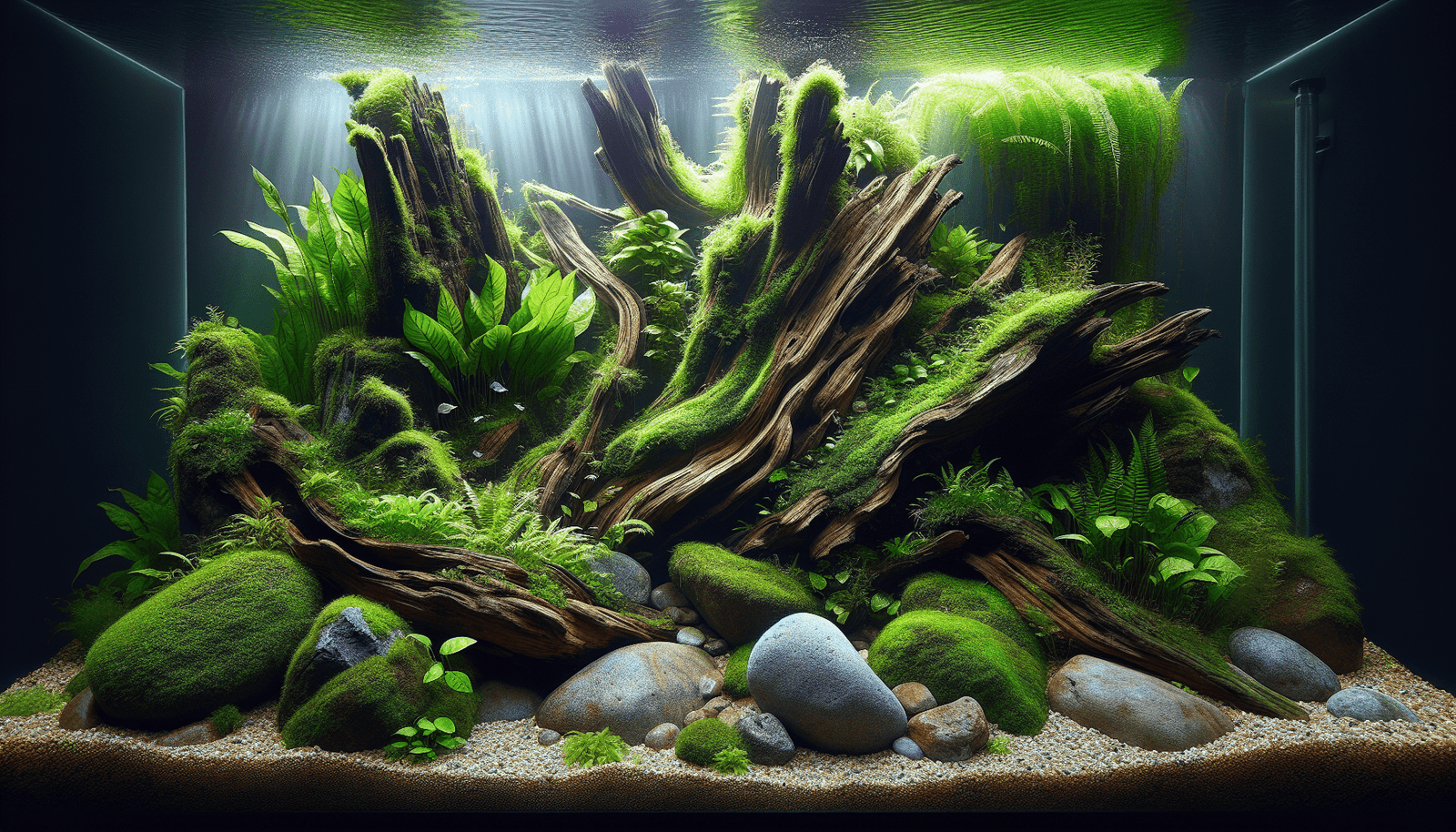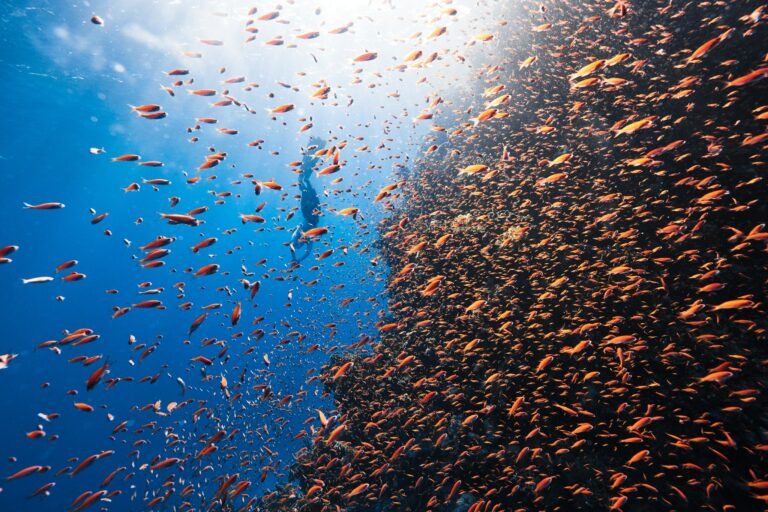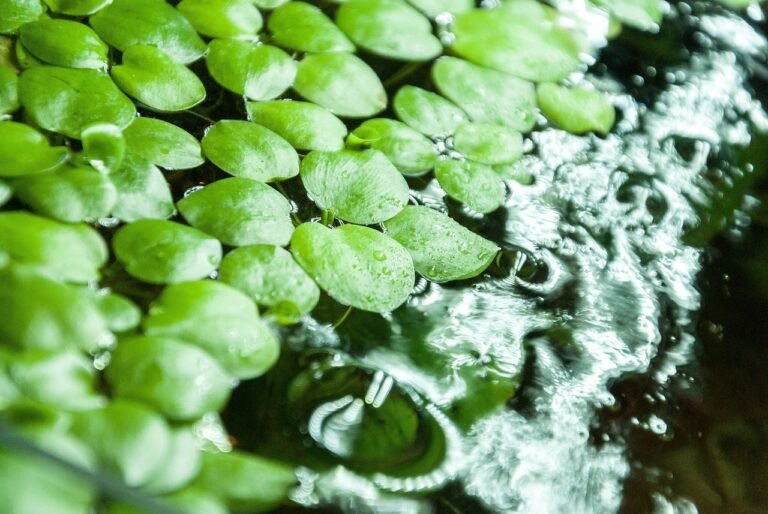In the fascinating world of aquascaping design, you get to create beautiful underwater landscapes inside aquariums. It’s like making your very own tiny ocean or river for fish, plants, and even rocks to live in. You’ll explore how to arrange everything so it looks natural and eye-catching, using the art of aquascaping. You’ll also learn about the history, current trends, and key techniques that turn a plain aquarium into a breathtaking work of art. So, let’s dive in and discover how to make your aquarium a masterpiece! Have you ever wondered how people turn plain fish tanks into beautiful underwater gardens? If you have, you’re about to find out! Today, we’re going to talk about a special art called aquascaping. It’s when you design and create amazing scenes inside aquariums, just like artists do on a painting canvas. This article will teach you all about this exciting and colorful world.
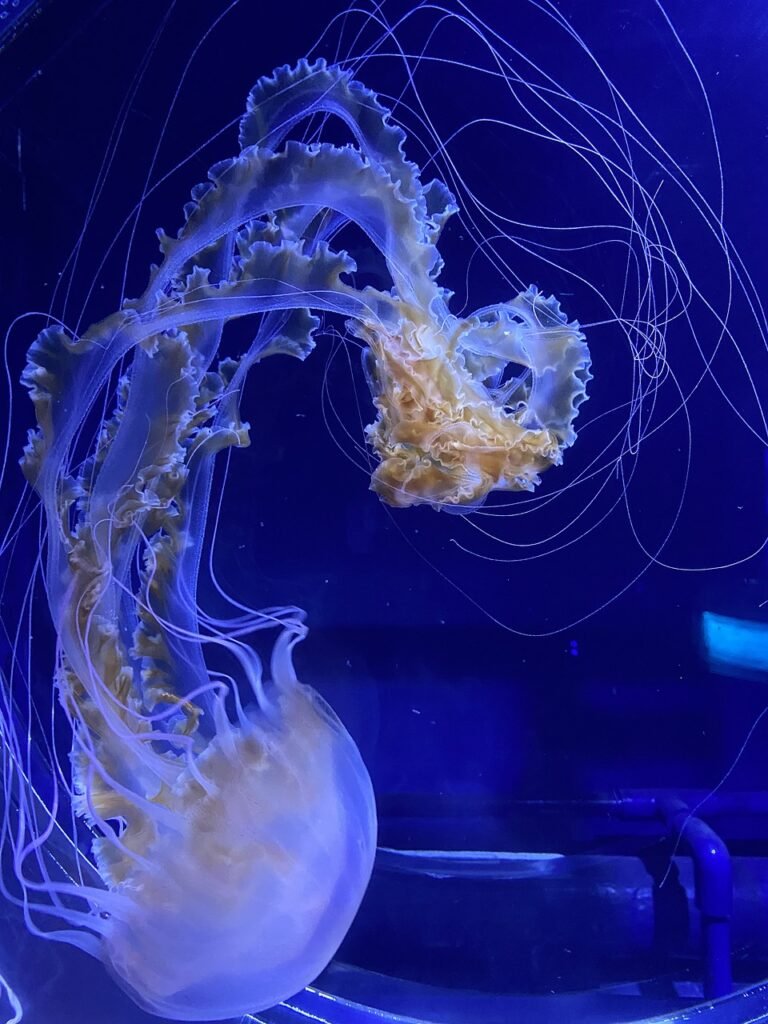
What is Aquascaping?
Aquascaping is like painting or gardening, but instead of using paper or soil, you use a fish tank. With rocks, plants, water, and some creativity, you can make a wonderful underwater world where fish live. Think of it as creating a mini jungle or even an underwater mountain scene. Sounds fun, right?
The Beginning of Aquascaping
Let’s go back in time to understand where aquascaping started. A long time ago, people kept fish just for fun. They put some rocks and plants in the tank to make it pretty. But, in the 1990s, a man named Takashi Amano from Japan made aquascaping very popular. He showed that you could design beautiful underwater landscapes, similar to how a gardener makes a lovely garden. He used plants, gravel, and driftwood in artistic ways, inspiring many people around the world.
Why is Aquascaping Special Today?
Aquascaping has grown a lot since then. Nowadays, it’s not just a hobby; it’s an art form. People spend hours creating their aquascapes, and there are even competitions where the best designs win prizes! It’s a way to show creativity, bring nature indoors, and give fish a nice place to live. Plus, with the rise of social media, people love sharing their beautiful aquascapes with friends and followers.
Key Concepts and Definitions
Before diving deeper, let’s understand some important words:
- Aquarium: A tank where fish and other water creatures live.
- Substrate: The material at the bottom of the aquarium, like gravel or sand.
- Hardscape: Non-living elements like rocks and driftwood used in aquascaping.
- Softscape: Living elements like plants.
These words will help you understand more about how to build your own aquascape.
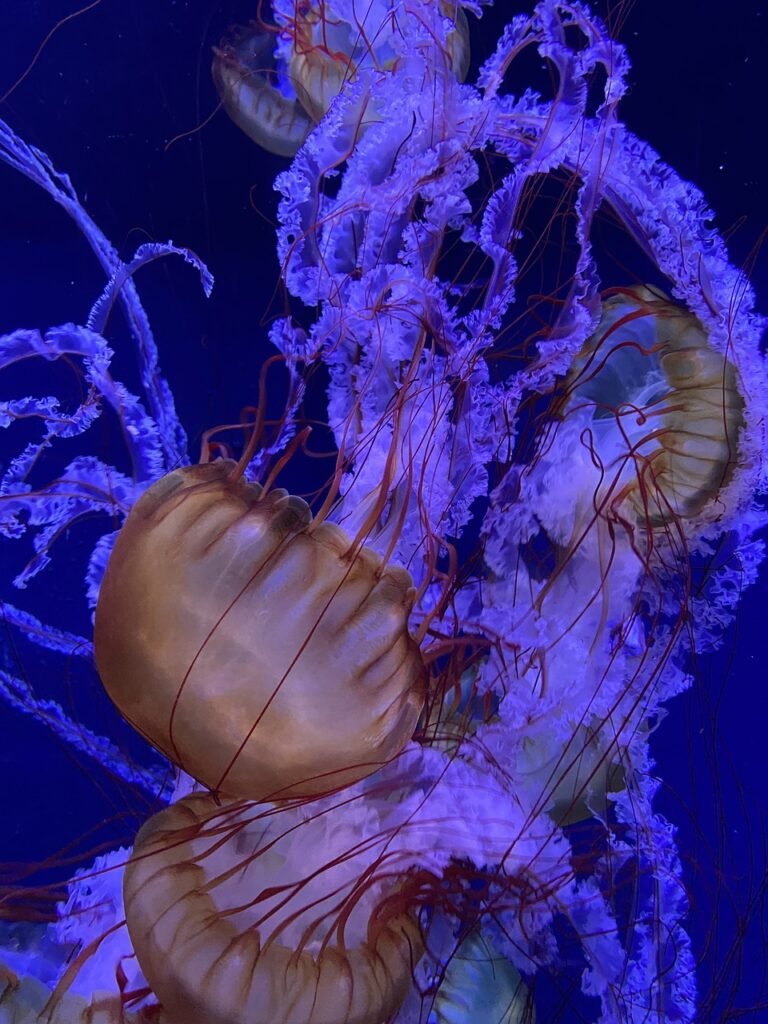
Starting Your First Aquascape
Starting your first aquascape can be super exciting. You will need some tools and materials. Here’s a list to get you started:
| Item | Use |
|---|---|
| Fish tank (aquarium) | Where you will create your aquascape |
| Gravel or sand | Substrate for planting and decoration |
| Rocks and driftwood | Hardscape elements to create structure |
| Aquatic plants | Softscape to add greenery |
| Water filter | Keeps the water clean for your fish |
| Aquarium light | Helps plants grow and brightens your tank |
| CO2 system (optional) | Helps plants grow faster and healthier |
Once you have all these, you can start building your aquascape!
Designing Your Aquascape
To design your aquascape, think about how you want it to look. Do you want a mountain scene, a jungle, or maybe a riverbed? Here are some tips:
- Rule of Thirds: Just like photography, imagine your tank is divided into three parts, both horizontally and vertically. Place important elements like big rocks or plants where the lines cross. This makes your tank look balanced and pleasing to the eye.
- Foreground, Midground, and Background: Place shorter plants in the front (foreground), medium plants in the middle (midground), and tall plants at the back (background). This gives depth to your tank.
Planting Your Aquascape
Planting is a big part of aquascaping. Different plants need different care. Some need bright light, while others can grow with little light. Here are some easy plants to start with:
| Plant Name | Light Requirement | Placement |
|---|---|---|
| Java Fern | Low | Background/midground |
| Anubias | Low to medium | Foreground/midground |
| Dwarf Hairgrass | Medium | Foreground |
| Amazon Sword | High | Background |
Adding Fish
Once your plants are settled, it’s time to add fish. Not all fish are good for aquascapes. Choose ones that don’t dig up plants or eat them. Here are some friendly fish for your aquascape:
| Fish Name | Size | Behavior |
|---|---|---|
| Neon Tetra | Small | Peaceful |
| Cherry Shrimp | Tiny | Active |
| Otocinclus Catfish | Small | Algae eater |
| Betta | Medium | Can be aggressive |
Maintaining Your Aquascape
Aquascaping is not just about creating a beautiful tank; it’s also about maintaining it. Just like gardens, aquariums need care to stay beautiful. Here’s how to do it:
- Water Changes: Replace part of the water every week to keep it clean.
- Trimming Plants: Just like pruning a garden, you need to trim plants so they don’t overgrow.
- Checking Equipment: Make sure your filter, lights, and CO2 systems are working well.
- Feeding Fish: Feed your fish the right amount. Overfeeding can make the water dirty.
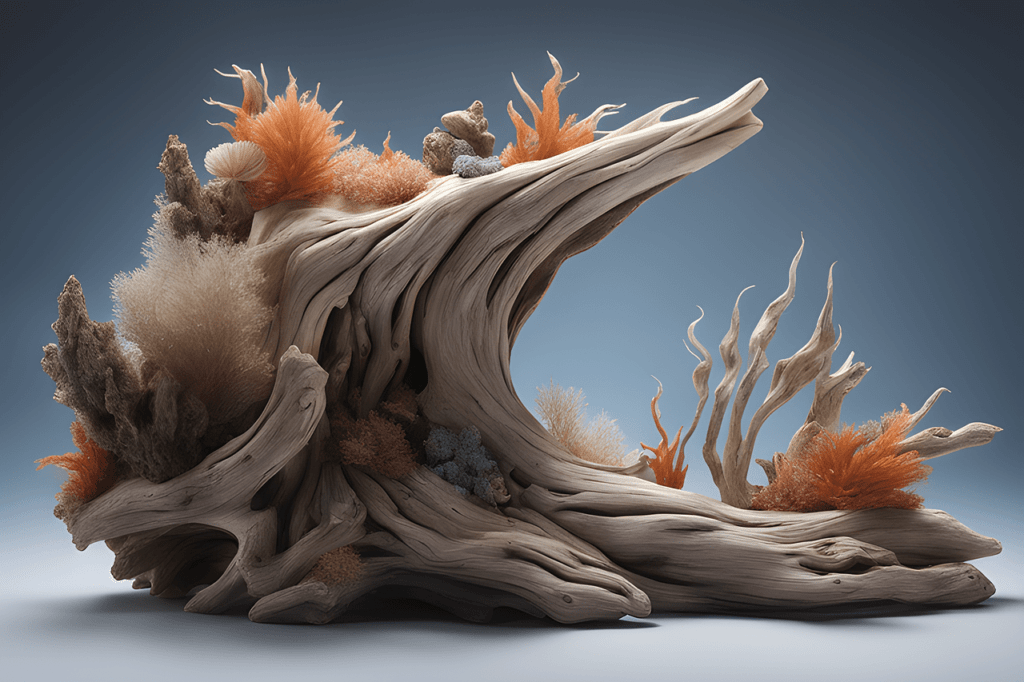
Current Trends in Aquascaping
Just like fashion, aquascaping has its own trends that come and go. Understanding these trends can help you stay updated and make your aquarium look modern and stylish.
Biotope Tanks
A big trend now is creating biotope tanks. These are tanks that look like natural habitats found in the wild. For example, you can make an Amazon River biotope with plants and fish from that area. This not only looks cool but also helps the fish feel at home.
Nano Aquariums
Another trend is nano aquariums. These are very small tanks, usually less than 10 gallons. They are perfect if you don’t have much space. Even in a tiny tank, you can create intricate designs.
Use of High-Tech Gear
High-tech gear like automatic CO2 systems, LED lights that mimic sunlight, and advanced water filters are also in trend. They make it easier to care for plants and fish, and help you create amazing aquascapes.
Different Styles of Aquascaping
There are many styles of aquascaping, each with its own unique look and rules. Let’s explore a few:
Nature Aquariums
Inspired by Japanese artist Takashi Amano, nature aquariums look like small versions of natural landscapes. They focus on creating balance and harmony using rocks, plants, and driftwood.
Iwagumi
Iwagumi is a type of nature aquarium that uses only rocks and a few types of plants. The rocks are arranged in a special way, with one big rock called the “main stone” and smaller ones placed around it, creating an elegant and simplistic design.
Dutch Style
Dutch style aquariums are very colorful and full of different types of plants. Unlike nature aquariums, they focus less on hardscape and more on plant arrangement.
Paludariums
A paludarium is a mix of an aquarium and a terrarium. It has both water and land areas, allowing you to keep aquatic and terrestrial plants and animals. It’s like having a tiny rainforest!
Comparison of Different Styles
| Style | Key Elements | Difficulty Level | Maintenance |
|---|---|---|---|
| Nature Aquarium | Balanced hardscape and plants | Medium | Medium |
| Iwagumi | Rock-focused with minimal plants | High | Low |
| Dutch Style | Rich plant variety, less hardscape | High | High |
| Paludarium | Combined water and land areas | Medium | High |

Impact of Different Styles
Each style has its own impact on your tank’s look and feel. For instance, nature aquariums are calming and resemble natural scenes, making them perfect for relaxation. Iwagumi tanks are minimalist and elegant, often showcasing the beauty of simplicity. Dutch style tanks are vibrant and colorful, ideal for plant enthusiasts. Paludariums offer a diverse ecosystem, making them fascinating for those who love both aquatic and terrestrial environments.
Future Directions in Aquascaping
What will the future of aquascaping look like? Let’s make some guesses:
Organic and Sustainable Methods
People are increasingly concerned about the environment. Future aquascaping methods might focus more on using sustainable and eco-friendly materials.
Improved Technology
With technology always advancing, future aquascaping might include smart systems that automatically adjust light, temperature, and CO2 levels, making it easier for beginners to dive into the hobby.
More Inclusion
As aquascaping grows, we might see more inclusion of different cultures and styles, blending traditions from around the world into new and innovative designs.
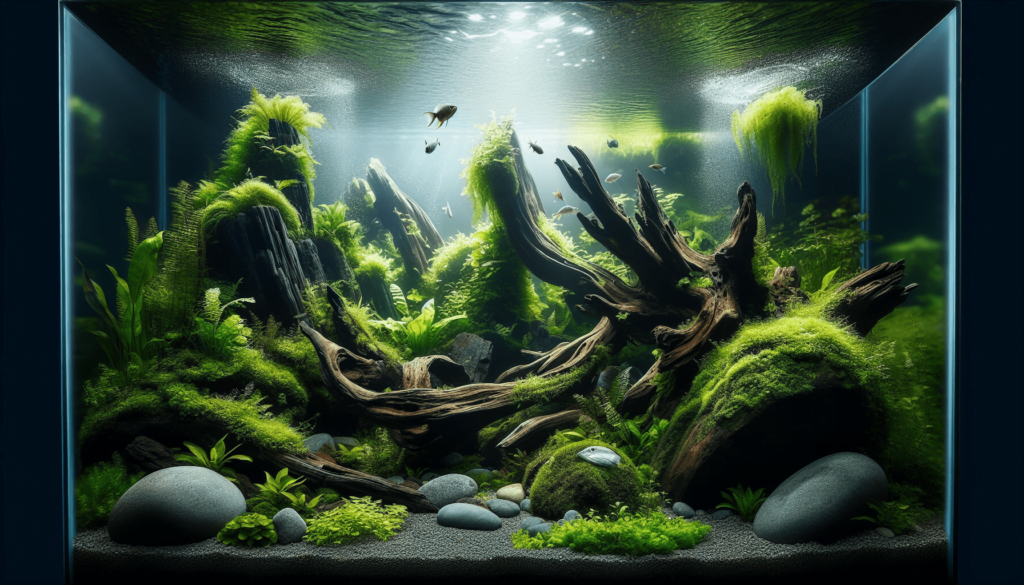
Conclusion: Your Journey in Aquascaping
We’ve talked about so much today! You now know what aquascaping is, where it came from, how to start your own aquascape, and even what the future might hold for this amazing hobby. Remember, just like any art, there are no strict rules. Let your imagination run wild and create a little underwater paradise that makes you happy.
What will your first aquascape look like? Maybe a jungle scene with tall plants or a rocky mountain landscape? The choice is yours! Just remember to have fun and take care of your little underwater world. Happy aquascaping!
Engagement
Did you find this article helpful? Do you have any questions or suggestions? Leave a comment below or share your aquascaping experiences with us! We’d love to hear from you.
Credible Sources
Here are some resources if you want to learn more about aquascaping:
- “Nature Aquarium World” by Takashi Amano
- “The 101 Best Aquarium Plants” by Mary E. Sweeney
- Websites like Aquascaping Love and Tropica
Feel free to explore these resources to enhance your aquascaping knowledge!
